How much does it cost to build a house in Australia?

Building your own home is a big (and exciting) step, but one of the first questions that comes up is, how much does it cost to build a house in Australia? Whether you’ve already got land or you’re just starting to explore the idea, knowing the numbers makes all the difference.
Whether you’re buying your first home, upgrading for a growing family, or planning an investment, understanding building costs will help you budget smarter.
If you're tossing up betweern building or buying your first home, read our guide on for all the buying costs explained, such as loans, stamp duty and more.
In this guide, we break down the real cost of building a house, what affects it, and how to make smart decisions that’ll save you time, money and stress along the way.
Why bother building?
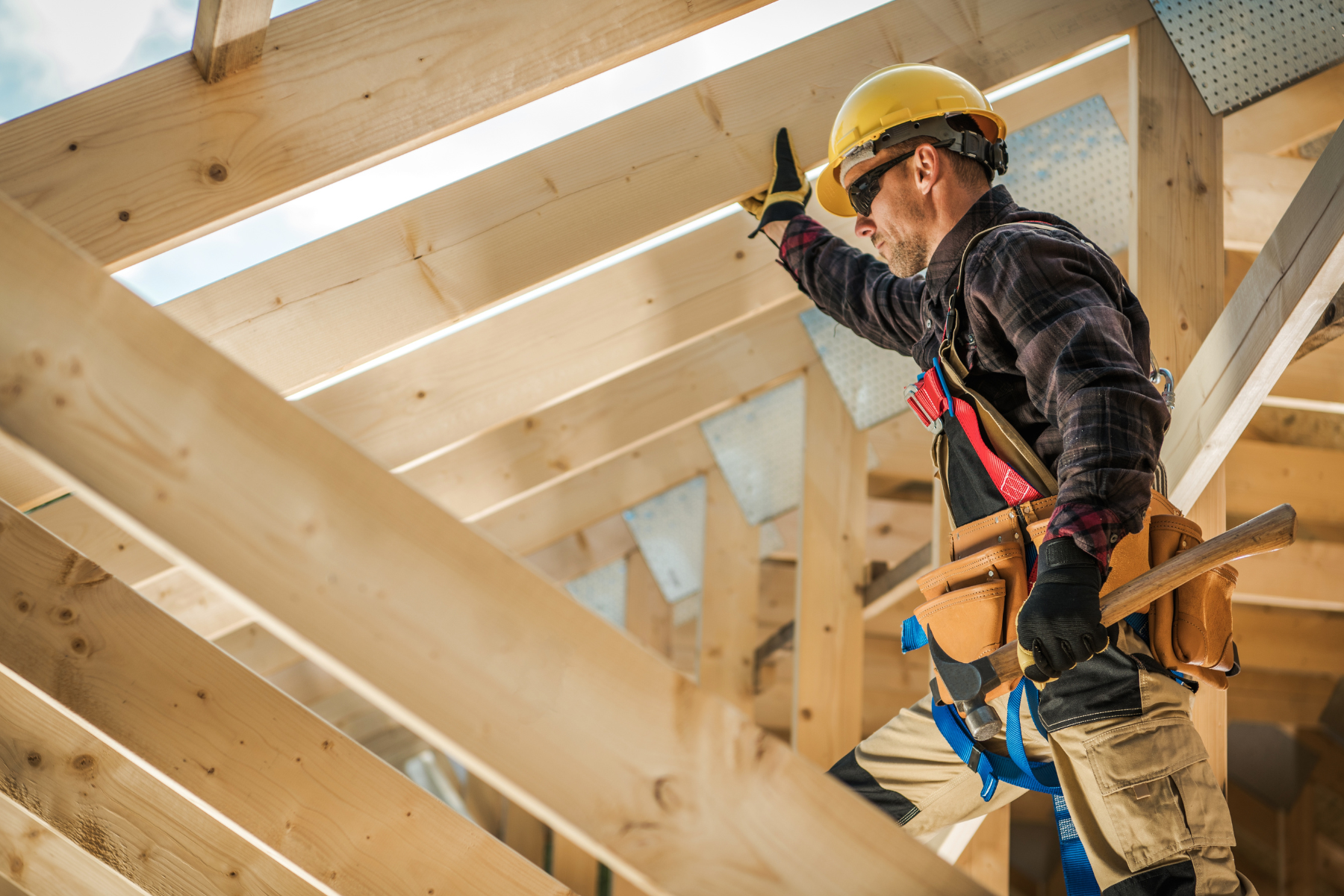 There’s something pretty special about creating a home that’s truly yours.
There’s something pretty special about creating a home that’s truly yours.
Building means you get to design a layout that works for your lifestyle, pick finishes you actually like, and skip the usual compromises that come with buying an existing home. It can also make good financial sense.
While the cost of building a house might seem steep at first, you often end up with better value in the long run. And, let’s be honest, having a brand-new place usually means fewer repairs and surprises down the track.
How much does it really cost to build a house in Australia?
Truth is, there’s no one size fits all answer here, but as a general guide, the average cost to build a house in Australia at the time of writing this article is between $1,800 and $4,500 per sqm. That means building a standard 200m² 3 bedroom home could cost anywhere from $360,000 to $900,000 for construction alone.If you’re looking to build a house with multiple levels the price shifts a little again.
The average cost to build a two-storey house in Australia in 2025 is between $2,000 and $4,000 per square metre.
Naturally the total cost will entirely depend on the level of finishes and complexity of design you choose. To help make things a little clearer, we’ve broken down average costs by home type:
- Budget/project home: $1,800 to $3,000 per m²
- Mid-range custom home: $2,500 to $4,000 per m²
- Architectural/luxury home: $3,500 to $4,500+ per m²
And if you’re considering smaller-scale options, our guide to Tiny homes and compact living in Australia explores affordable alternatives.
Total cost to build plus land and extras
In 2025, the total cost of building a home in Australia depends on a whole mix of factors, but here’s a ballpark for a standard 200m² home:
- Build cost: $360,000 to $900,000
- Land cost: Around $369,530 on average, or $408,160 in capital cities
- Extra costs: $50,000 to $150,000+
That puts your total cost somewhere between $780,000 and over $1.4 million, depending on your land, location, design, finishes, and builder. This aligns with ABS data showing rising national averages for new dwelling values.
The more custom, remote or complex things get, or the more premium your land, the higher your final price tag is likely to climb.
Biggest factors impacting the cost of building
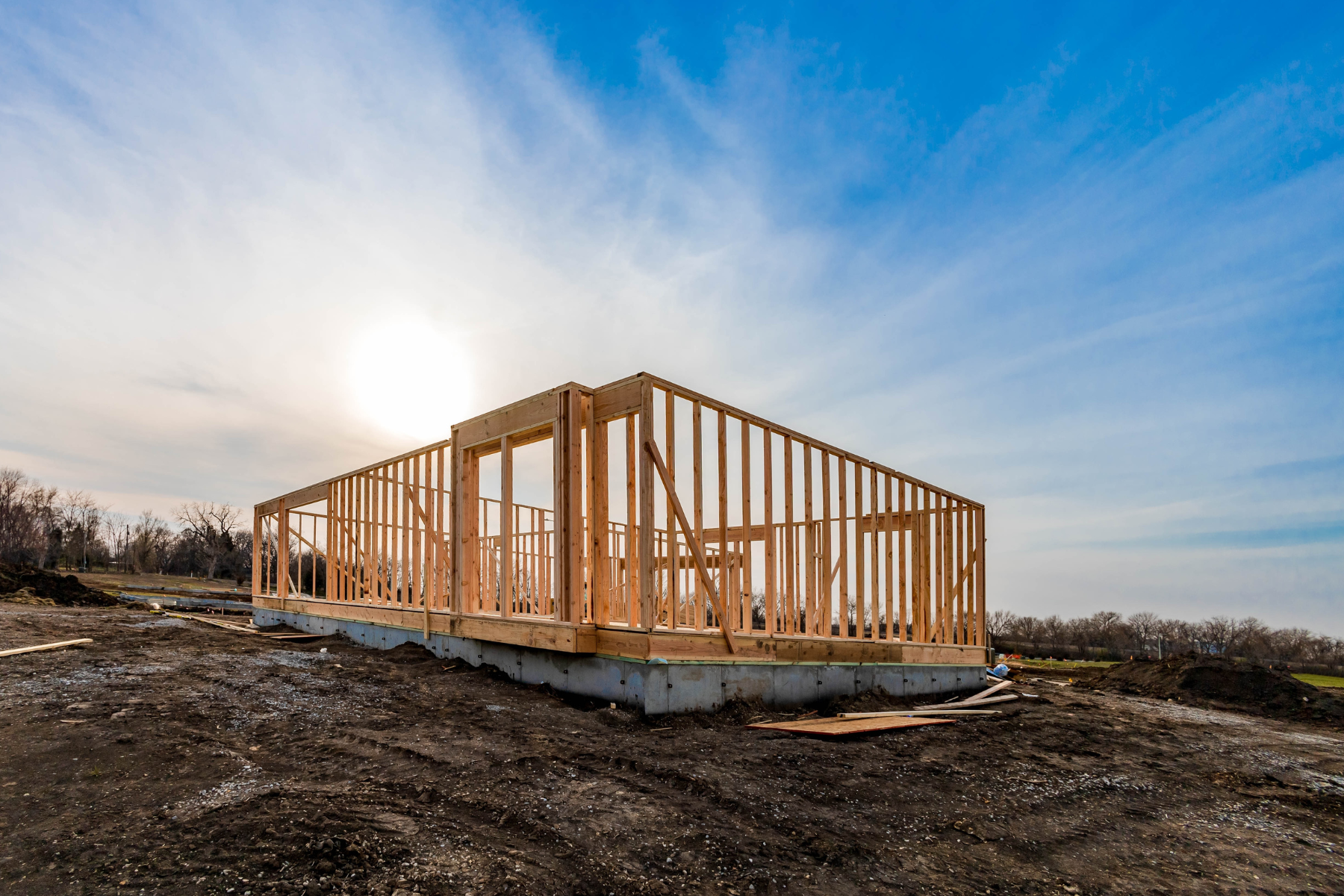 The above cost estimates are a rough guide based on national averages. However, there are many many different factors that can impact the cost of building your own home in Australia. Most notably are:
The above cost estimates are a rough guide based on national averages. However, there are many many different factors that can impact the cost of building your own home in Australia. Most notably are:
- Land costs
- Location
- Access/site considerations
- Timeframes
- Design Complexity
- Builder type
- Materials and finishes
1. Land costs when building a house
Besides the cost of building, you’ve got to factor in the price of the land itself - and in Australia, that can really add up. In 2025, the median price for a block of land across the country was about $369,530, with capital cities seeing even higher prices around $408,160.
Land prices have been rising faster than inflation and building materials. Brisbane and Perth have seen the biggest jumps, with land prices going up more than 20 per cent in the past year.
Sydney still tops the charts, with median land prices sitting near $710,000. So, while the build is a big part of the cost, the land you choose often ends up being one of the biggest expenses when building your new home.
2. Location
Where you decide to build can make a huge difference to the overall cost. Building in major cities like Sydney, Melbourne, or Brisbane generally means higher land prices, labour costs, and sometimes stricter regulations.
For example, Sydney’s median land price sits near $710,000 in 2025, making it the most expensive city to build in. Brisbane and Perth have seen the fastest recent growth in land prices, rising by 21.2 per cent and 38.6 per cent respectively over the past year.
Meanwhile, Melbourne and Adelaide offer slightly more affordable options, but prices are steadily climbing across all capitals. Outside the cities, regional areas can be more budget-friendly but sometimes involve extra transport or supply costs.
This trend has only accelerated as cost of living drives city-dwellers out to the regions, reshaping demand and pricing.
Tasmania has also seen strong demand in recent years, with Hobart builds averaging $2,500 to $6,000 per square metre (and up to $8,000+ for premium or difficult sites), according to RealEstate.com.au. Construction of a typical 175 m², 3‑bedroom home usually costs between $437,500 and $1,050,000
According to the Housing Industry Association and CoreLogic, capital cities have pushed the median land price up by 9.2 per cent year-on-year, reaching around $408,160 nationally.
So, location is a major factor when calculating how much it costs to build a house in Australia. And moving trends are driving up regional property prices, even in previously affordable areas.

Comparing city build costs
| City | Avg Cost per m² | Notes |
| Sydney | $2,500 – $4,500 | Highest land prices (~$710K) |
| Melbourne | $2,200 – $3,800 | Steady price growth |
| Brisbane | $2,000 – $3,500 | Fastest land price growth (21.2%) |
| Perth | $1,800 – $3,500 | 38.6% land price surge |
| Tasmania | $2,200 – $6,000+ | Higher due to logistics/imports |
3. Access and site considerations
The physical characteristics of your land can have a big impact on costs. If your block is sloped, rocky, or difficult to access, expect site preparation and earthworks to add thousands to your budget.
According to the Housing Industry Association, site costs can range from 5 to 15 per cent of your overall build price, depending on the terrain and soil quality.
For example, a steep or irregular site might need retaining walls or special foundations, both of which come with a price tag. Easy-to-build, flat blocks with good road access are usually the most budget-friendly, so it pays to factor site conditions into your initial cost estimates.
4. Timeframes
Building a house takes time, and delays can mean extra expenses. On average, homes in Australia take between 6 and 12 months to complete, but supply chain issues, labour shortages, or weather can push that timeline out.
According to the Australian Bureau of Statistics, construction delays have become more common recently, partly due to ongoing material shortages and high demand for tradespeople.
The longer your build drags on, the more you could spend on things like site fees, temporary accommodation, and loans. Choosing a builder known for reliable scheduling and realistic timelines can help you avoid those costs.
5. Design complexity
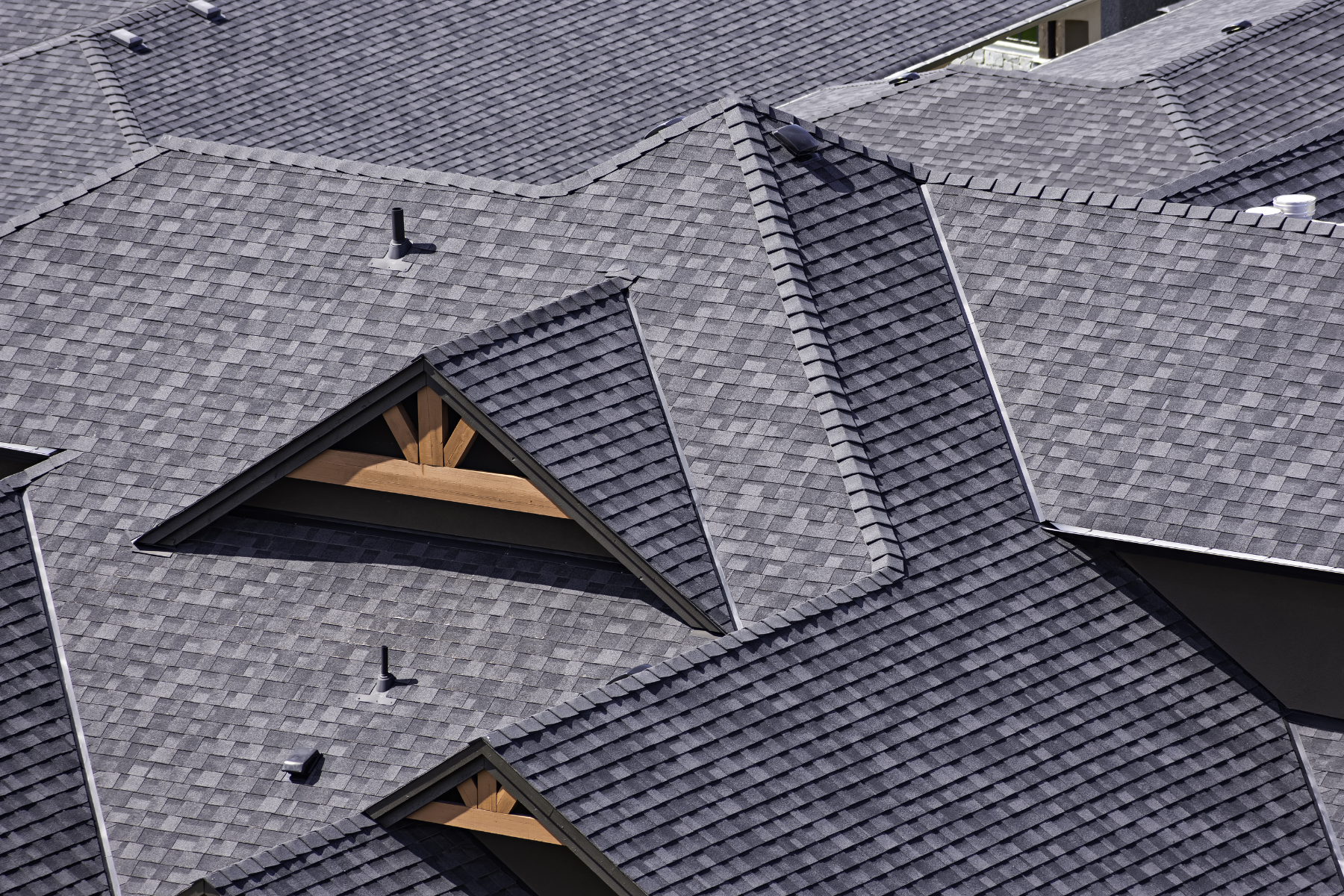 Simple, functional designs are usually more affordable to build. Adding complex rooflines, curved walls, or bespoke architectural features increases material and labour costs.
Simple, functional designs are usually more affordable to build. Adding complex rooflines, curved walls, or bespoke architectural features increases material and labour costs.
The Housing Industry Association notes that custom design elements can add 10 to 30 per cent to your build price depending on complexity. If your block has restrictions or unusual shape, custom designs may also require additional engineering or approvals, which adds both time and money.
Sticking to a well-planned, efficient layout not only saves money but also reduces the risk of construction delays.
Custom design elements can add 10 to 30% to your build price depending on complexity.
6. Builder type
Who you hire to build your home makes a big difference in price and experience. Volume builders often offer fixed-price packages that can keep your budget predictable and the process quicker. However, these builders usually have limited flexibility for customisation.
Custom or boutique builders provide more personalised designs and attention to detail but typically charge higher prices and take longer to complete. The best approach is to get detailed quotes from multiple builders and understand exactly what’s included to avoid unexpected costs.
If you're still deciding if you want to build or sell, you might want to compare how much it costs to sell a house in Australia before locking in your build budget.
7. Materials and finishes
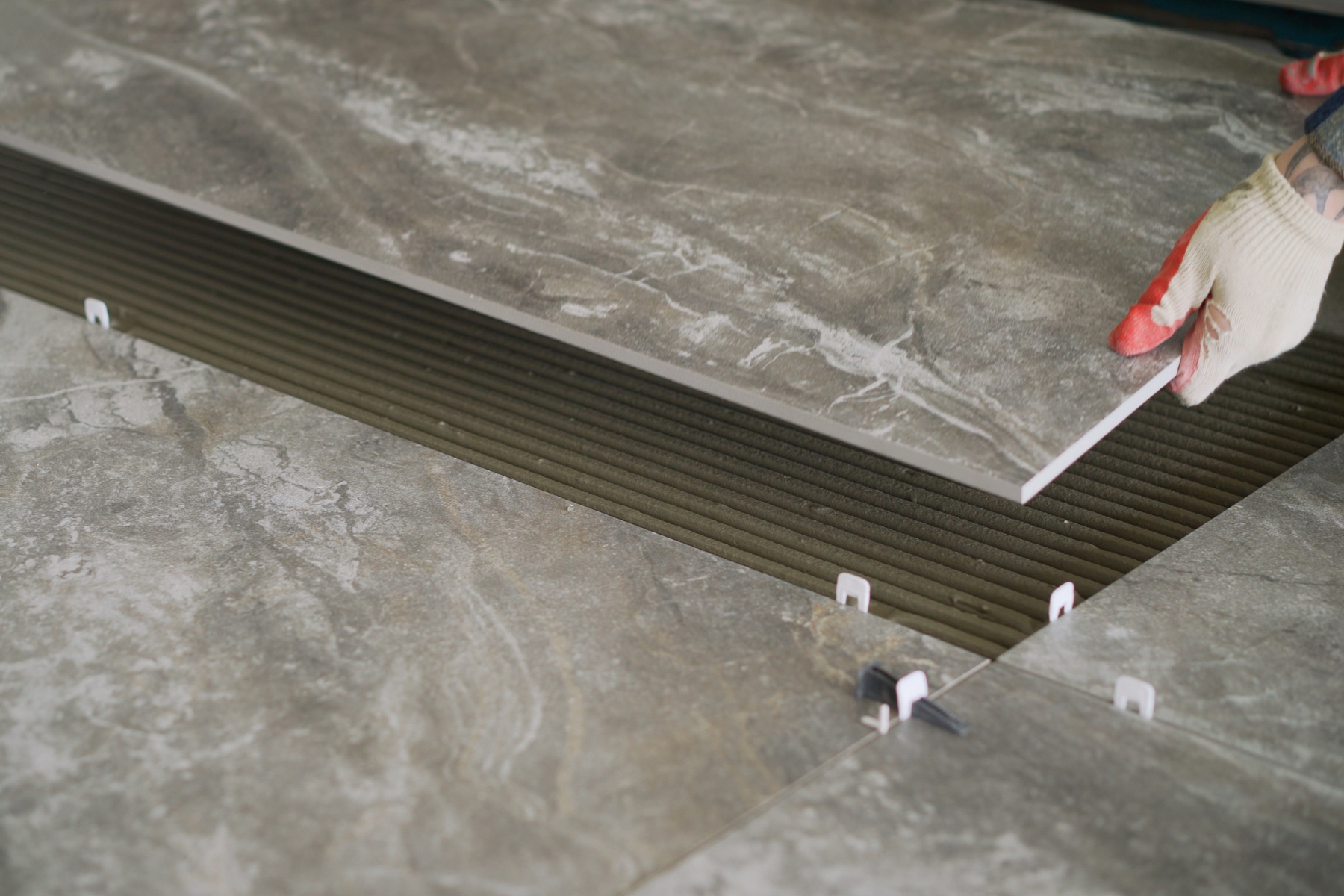 Materials and finishes are a huge part of your build budget and can really change the final cost. Standard options like vinyl flooring, laminate benchtops, and basic fixtures keep costs down, while upgrades like stone surfaces, hardwood floors, and designer fittings add significantly to your spend.
Materials and finishes are a huge part of your build budget and can really change the final cost. Standard options like vinyl flooring, laminate benchtops, and basic fixtures keep costs down, while upgrades like stone surfaces, hardwood floors, and designer fittings add significantly to your spend.
According to recent HIA reports, recent supply chain disruptions have led to price increases on some key materials, so timing your purchases and choosing locally sourced options can help manage costs.
It’s a good idea to balance quality and budget, opting for durable finishes where it counts without going overboard.
How the numbers stack up in two cities
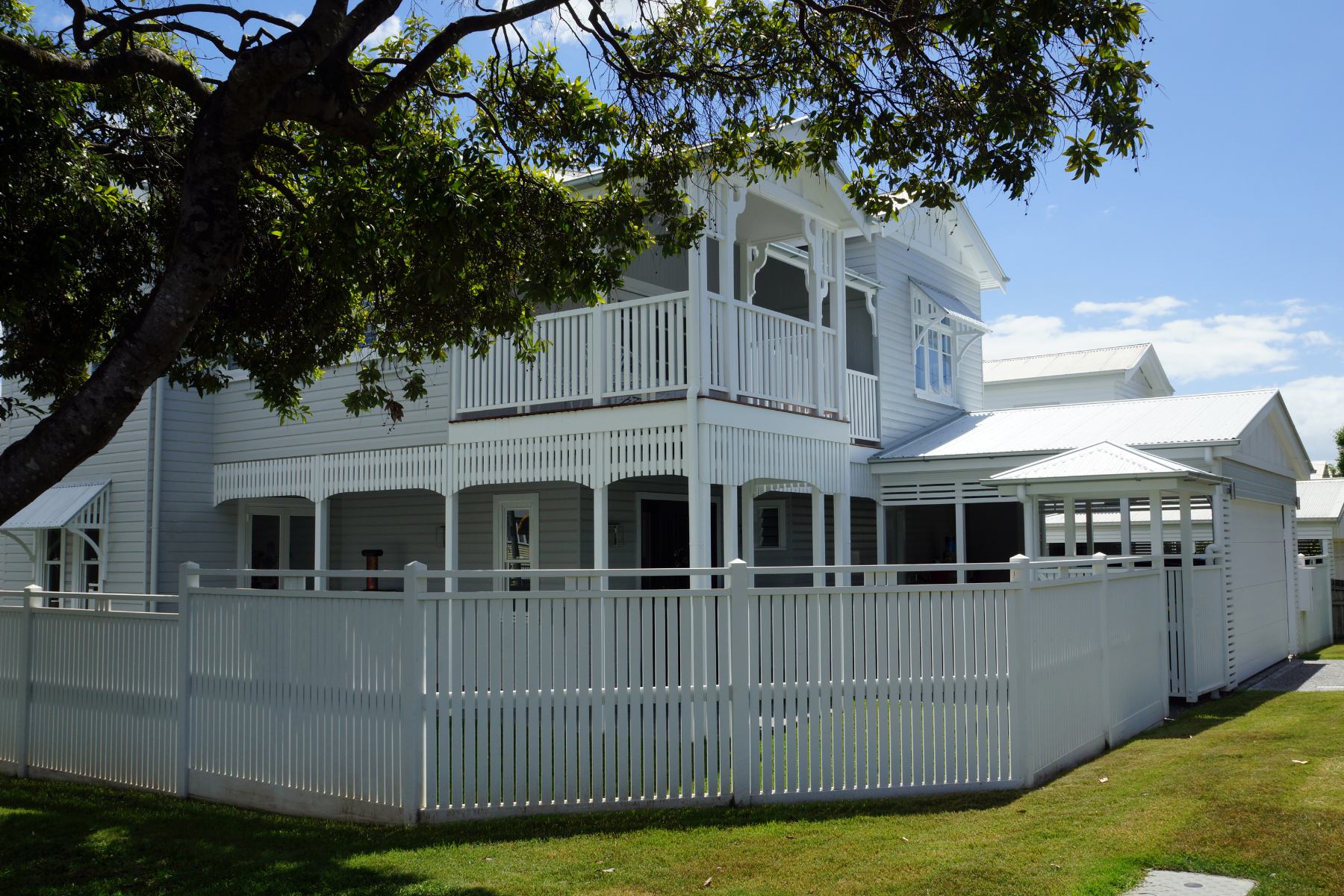 Example: What does a typical 3-bed, 2-bath home actually cost? Let’s break it down using average build and land prices in 2025.
Example: What does a typical 3-bed, 2-bath home actually cost? Let’s break it down using average build and land prices in 2025.
Brisbane
- Build: 175 m² × $2,500 per m² = $437,500
- Land: ~$480,000
- Extras (site costs, finishes, approvals): ~$70,000
- Total estimate: $987,500
Hobart
- Build: 175 m² × $3,200 per m² = $560,000
- Land: ~$350,000
- Extras: ~$65,000
- Total estimate: $975,000
Build smarter, not harder
Building a home in 2025 is a big investment, but it’s also a powerful way to create a space that’s truly your own. With a clear budget, realistic expectations, and a good understanding of the costs involved, you’ll be better prepared to navigate the process confidently.
And if you’re weighing up affordability more broadly, don’t miss our guide to the Cost of Living in Australia 2025.
When you need help moving once your build is done, you can book trusted removalists on Upmove and save on everything from delivery to packing services. Your new house will feel like home just a little faster.
What do our customers say?
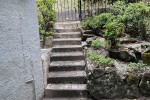

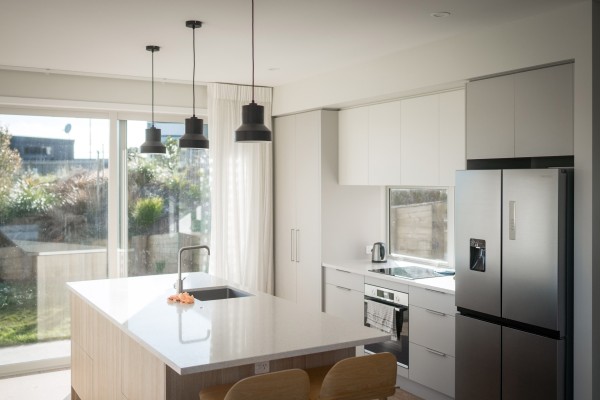
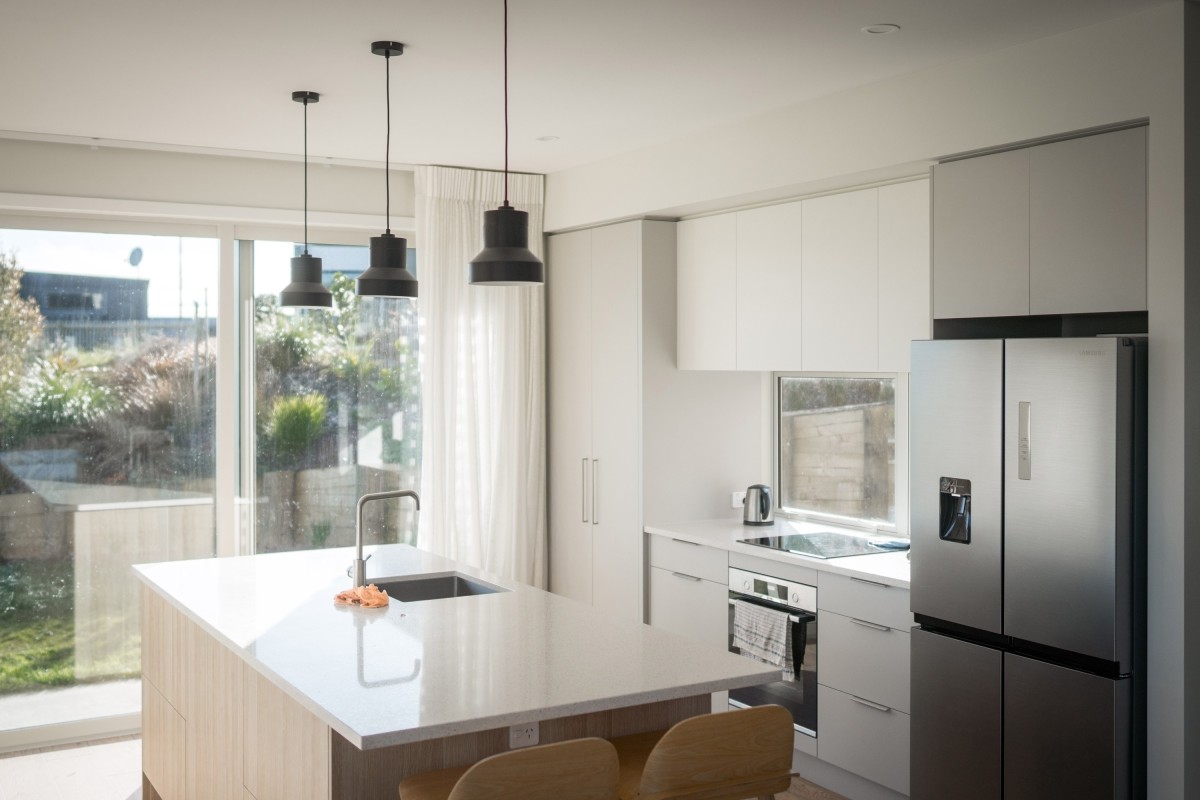
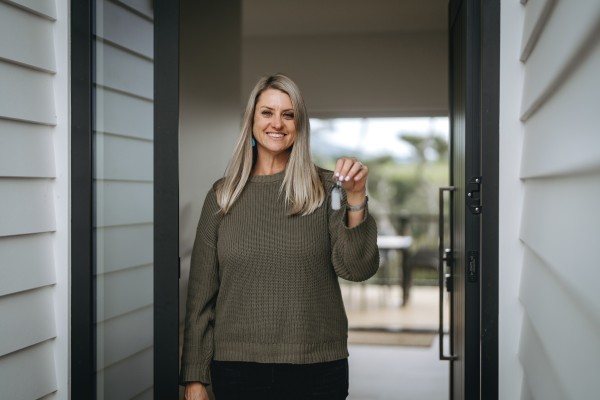

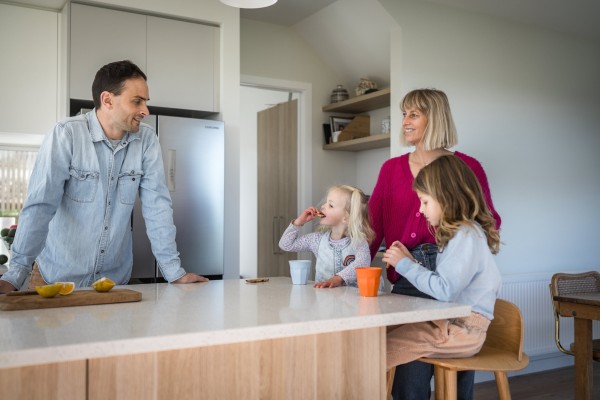
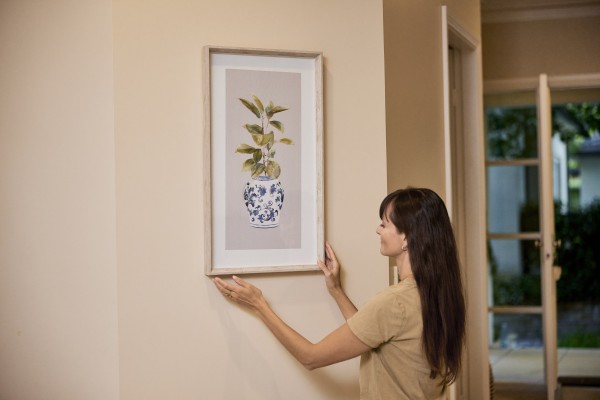
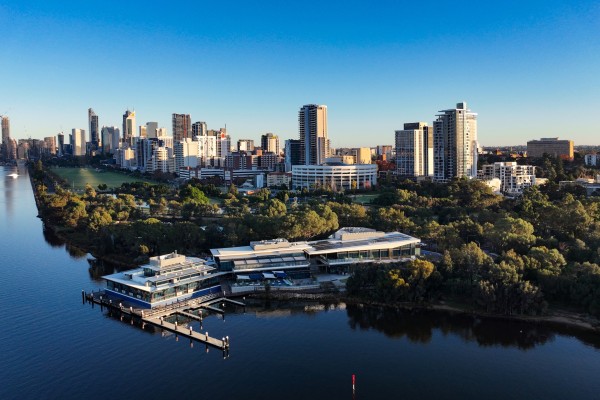


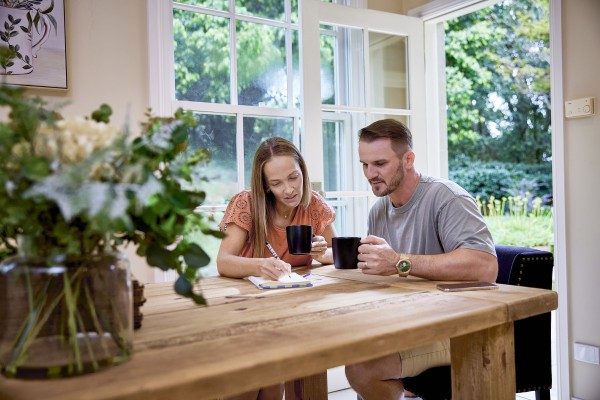
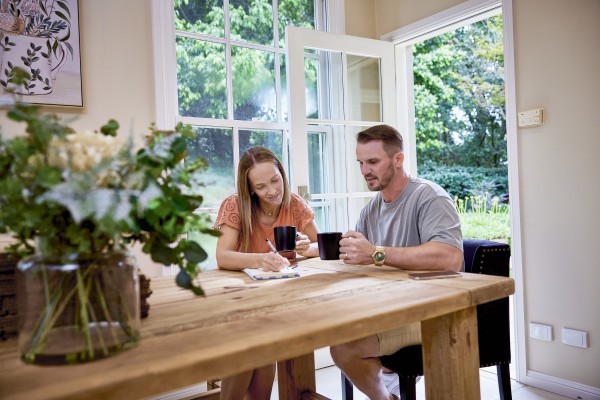
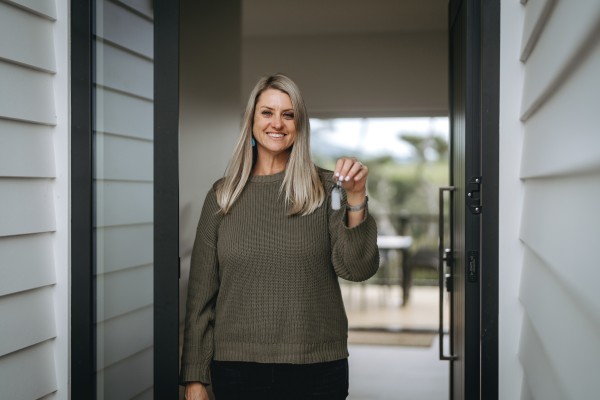
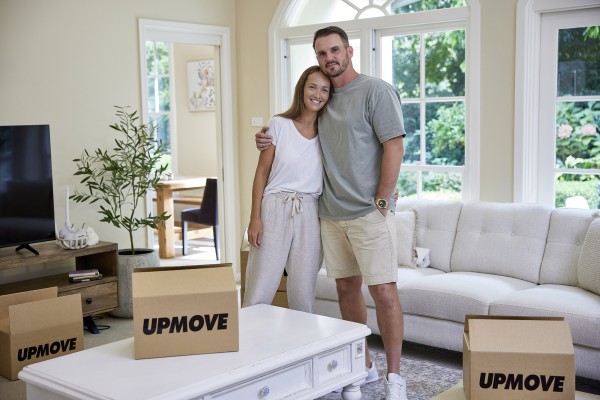
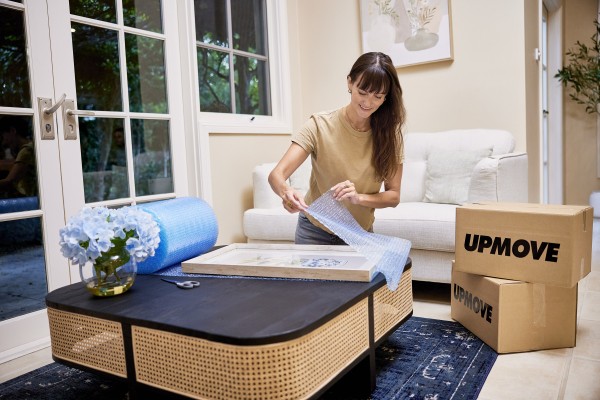
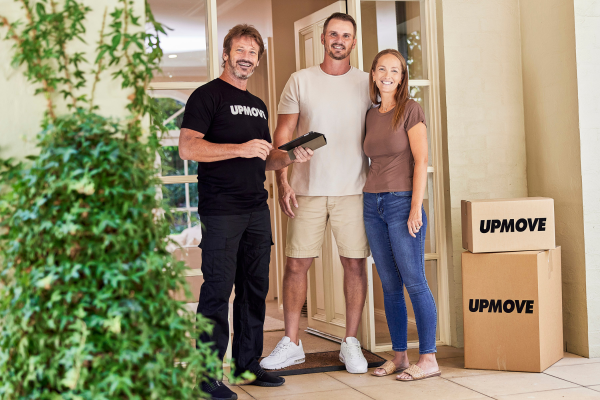
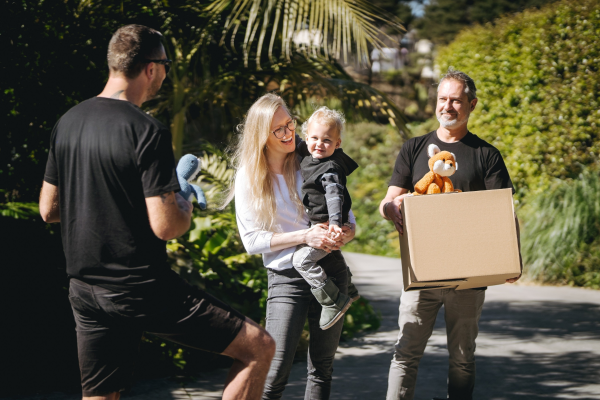
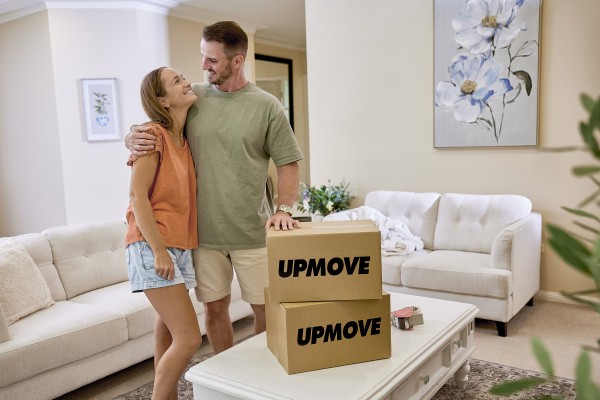
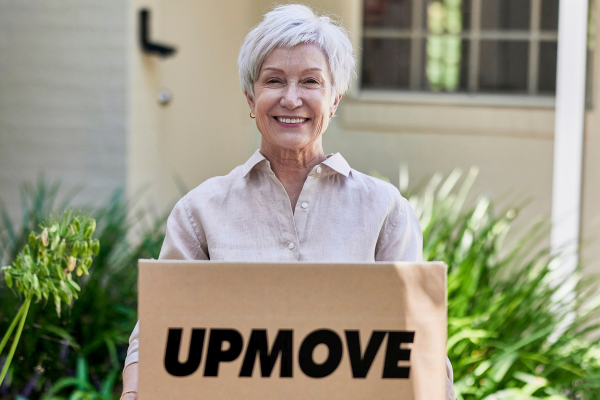
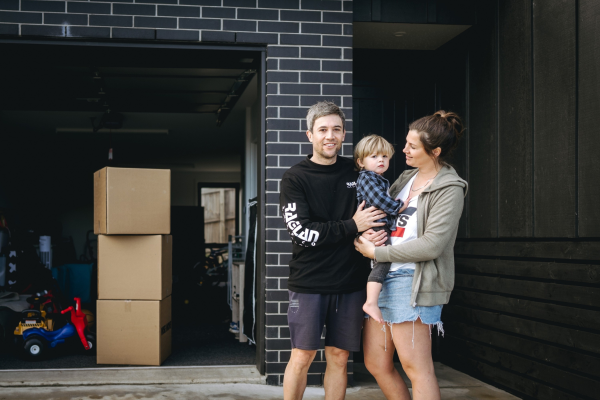
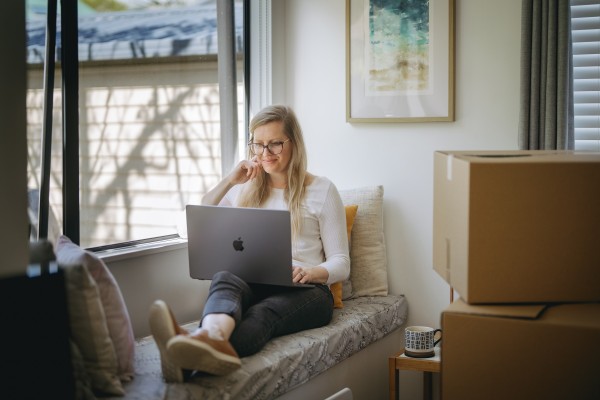



![Electric Bass Guitar Amplifier [90x70x35cm ; 50kgs], Electric Bass Gui... Electric Bass Guitar Amplifier [90x70x35cm ; 50kgs], Electric Bass Gui...](https://cdn.upmove.com.au/image/listing/3526991a6bdc56e645ac1b2a540b126e.jpeg)



